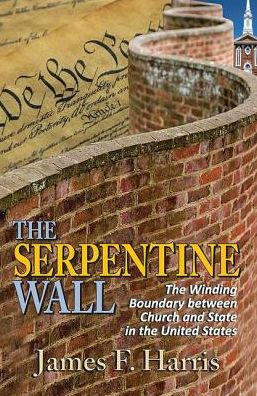The resolution of the proper interpretation of the religious clauses of the First Amendment and the course of the boundary between church and state has been slow. Many changes that took place throughout the nineteenth and the first half of the twentieth century have influenced the increasingly circuitous route taken by the Serpentine Wall between the two. The result has been an increased focus on social issues involving questions of interpretation of the establishment and free exercise clauses of the First Amendment.
The founding of the United States was a unique event in human history and the result of factors that are unlikely to be repeated. To understand the founding of a democratic country with a unique arrangement between church and state, it is important to view that development as both a product of and a departure from what had come before. Harris' interesting, unique, philosophical viewpoint will be important to those interested in how the roles of church versus state have evolved in the United States.
The resolution of the proper interpretation of the religious clauses of the First Amendment and the course of the boundary between church and state has been slow. Many changes that took place throughout the nineteenth and the first half of the twentieth century have influenced the increasingly circuitous route taken by the Serpentine Wall between the two. The result has been an increased focus on social issues involving questions of interpretation of the establishment and free exercise clauses of the First Amendment.
The founding of the United States was a unique event in human history and the result of factors that are unlikely to be repeated. To understand the founding of a democratic country with a unique arrangement between church and state, it is important to view that development as both a product of and a departure from what had come before. Harris' interesting, unique, philosophical viewpoint will be important to those interested in how the roles of church versus state have evolved in the United States.

The Serpentine Wall: The Winding Boundary Between Church and State in the United States
226
The Serpentine Wall: The Winding Boundary Between Church and State in the United States
226Related collections and offers

Product Details
| ISBN-13: | 9781412849708 |
|---|---|
| Publisher: | Transaction Publishers |
| Publication date: | 03/15/2013 |
| Pages: | 226 |
| Product dimensions: | 6.20(w) x 9.20(h) x 0.70(d) |
